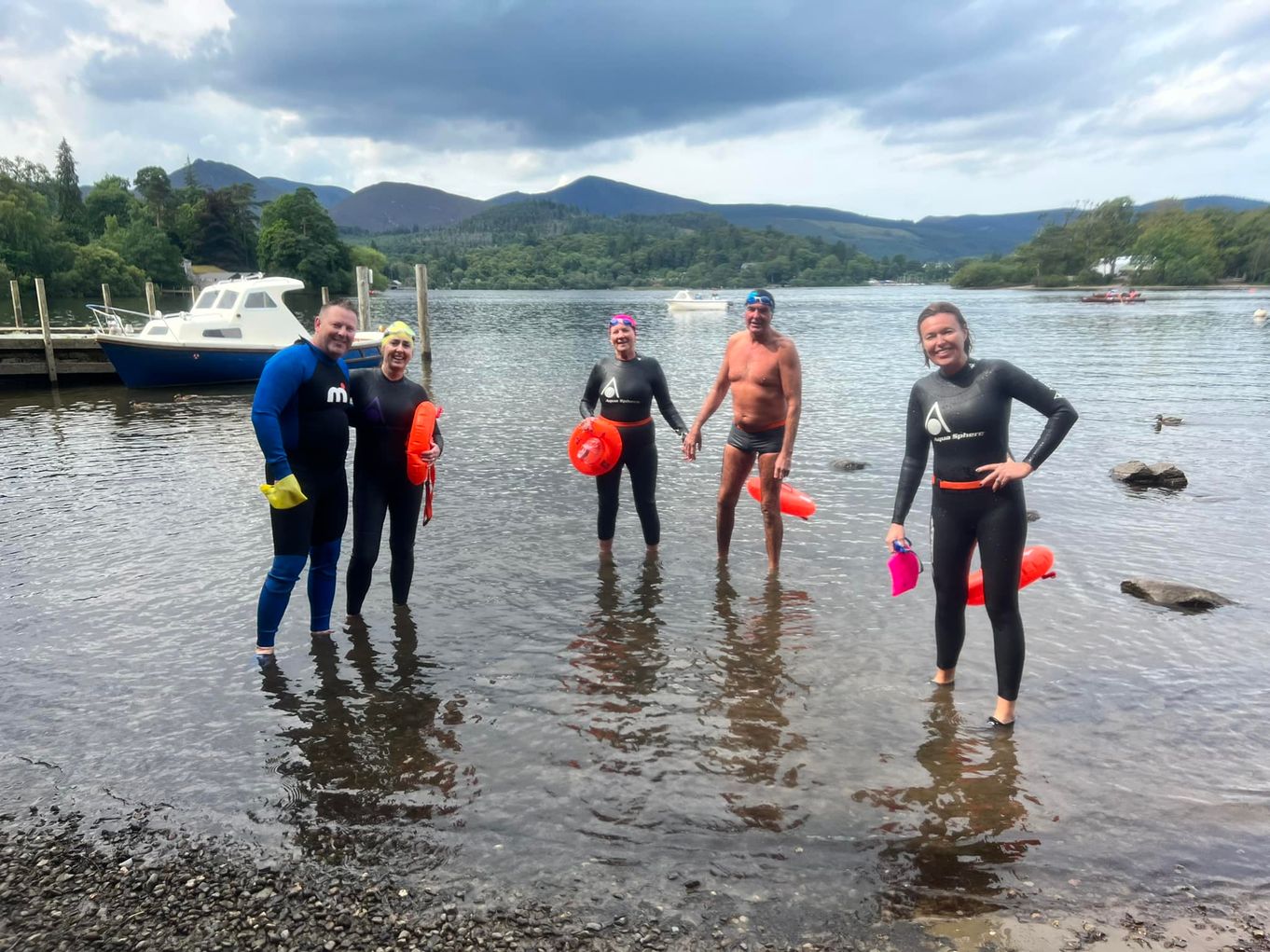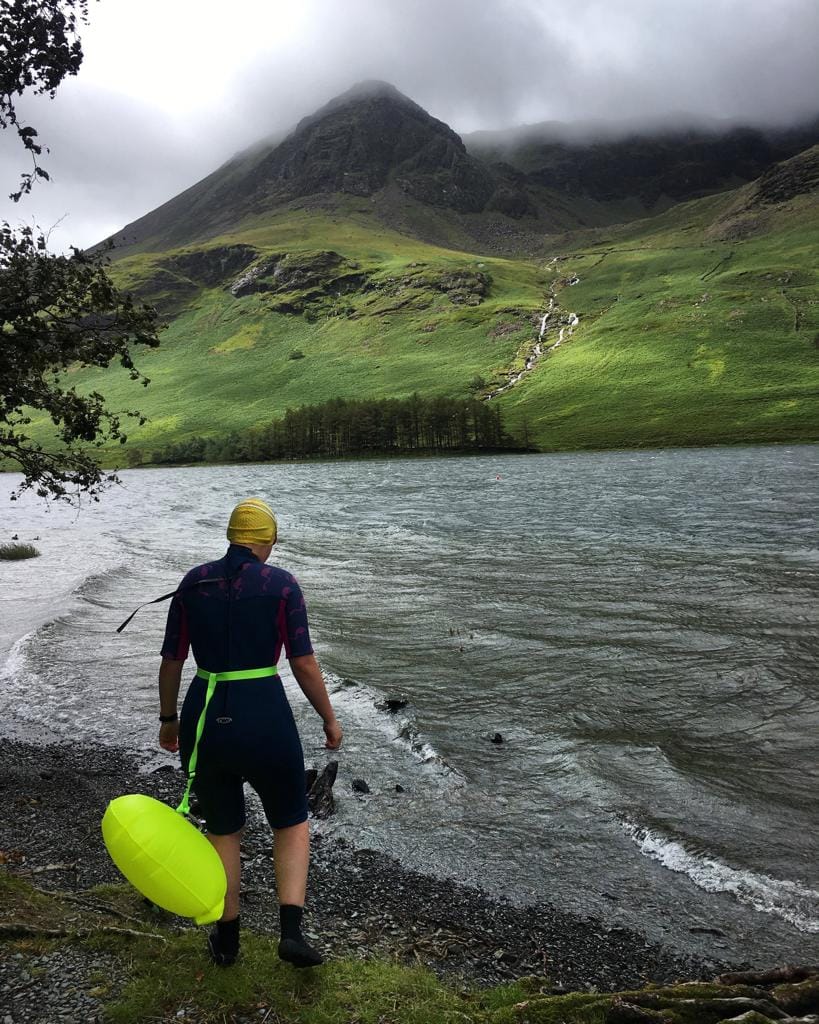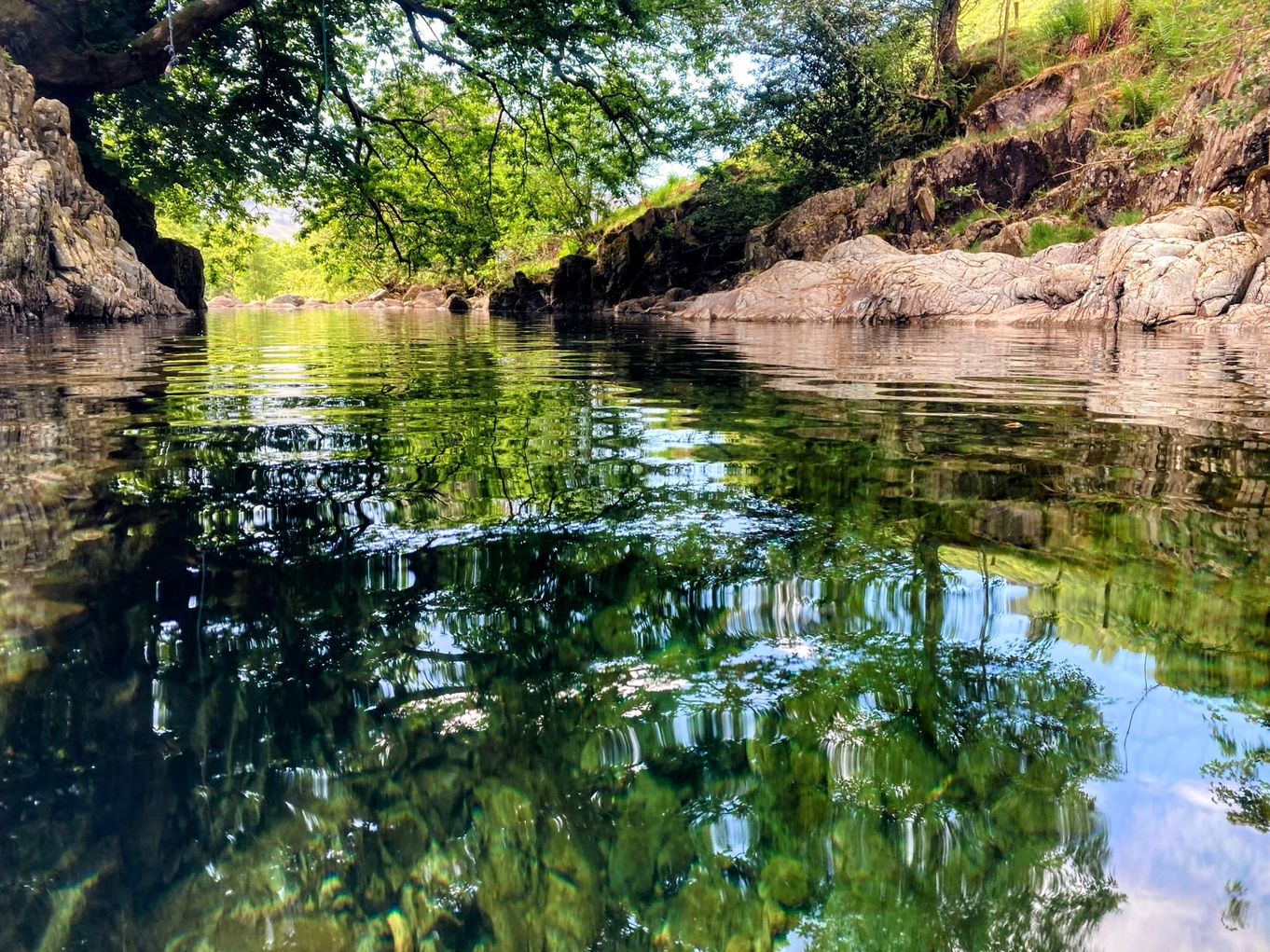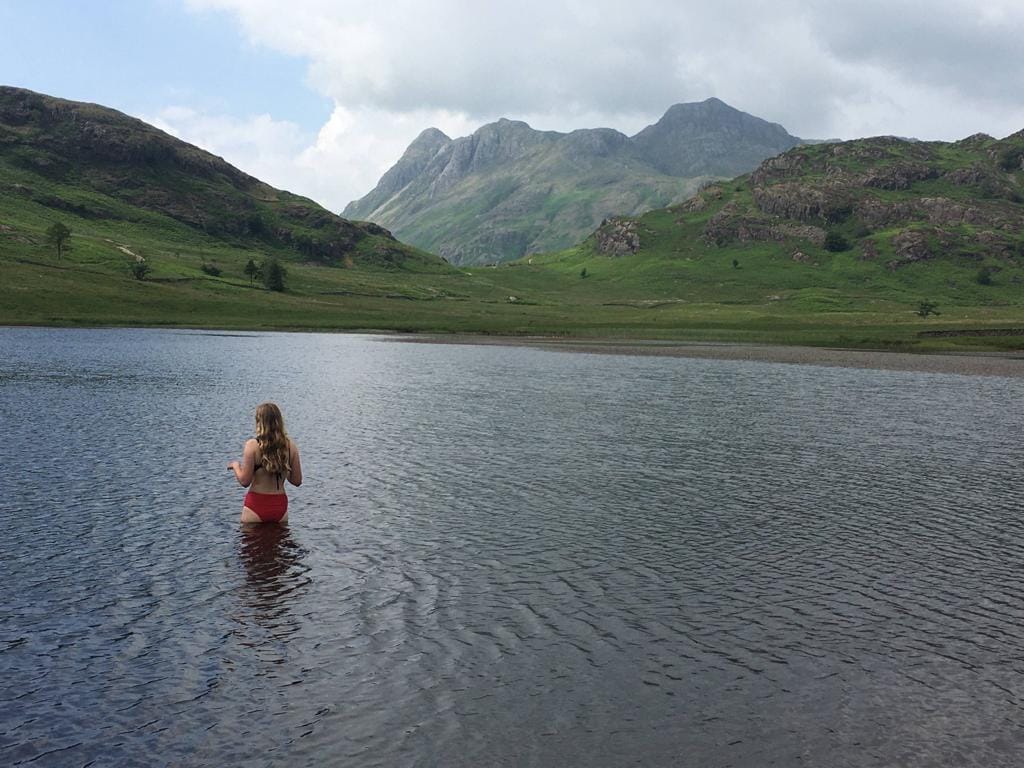Dive into the Unknown: Essential Tips for First-Time Open Water Swimming
Open water swimming, the act of plunging into natural bodies of water, is a liberating and rejuvenating experience that reconnects us with nature. Whether you're drawn to tranquil lakes, meandering rivers, or crashing ocean waves, open water swimming offers a unique way to explore the outdoors. If you're a first-time open water swimmer, it's important to be well-prepared to ensure a safe and enjoyable experience. In this blog post, we'll provide you with valuable tips and guidance to make your maiden voyage into open water swimming a memorable and fulfilling adventure.
Where to go
Before embarking on your open water swimming adventure, research potential locations. Consider factors such as water quality, depth, current and underwater terrain including unseen objects. Also time of year and location makes a huge difference to temperature, for example some rivers can stay very cold in the middle of summer whereas the surface water on a tarn can warm up quicker than the deeper water which can cause people to get into trouble. Seek local knowledge of safe and permitted places to go. If you have never swam in open water before it would be very difficult to know how to judge the safety so we always recommend booking onto an Introduction to Open water course run by qualified coaches.
Also bear in mind some Lake District lakes will be busy with other craft so you need to take extra care and wear a tow float (Windermere, Ullswater, Coniston Water and Derwentwater) or don’t allow swimming at all (Ennerdale Water, Haweswater, Thirlmere, Kentmere and Esthwaite Water). LDNPA have full details of where you can swim in the Lake District.
Safety First
There are lots of potential risks with open water swimming which might not all be immediately apparent.
Check the conditions
Conditions can change very quickly here so its important to check the weather forecast and water conditions. Heavy rainfall can cause strong currents which can be dangerous. Conditions can change quickly so don’t swim after heavy rain until you know the area has returned to safe levels.
Always swim with others
Its easy to get into trouble in the water so make sure you always swim with others. If you don’t know anyone who wants to join you then there are lots of friendly, local swimming groups who welcome newcomers.
Buoyancy aids
Always use a tow float for safety and to be seen. Buoyancy aids such as wetsuits and floatation devices enhance safety and provide reassurance.
Unlike a swimming pool, outdoor swimming is in an uncontrolled environment so preparation for any swim requires careful consideration of all potential risks. Conditions change so its important to consider safety every time you head out to a swim, even if you’ve been there before. If you're new to open water swimming seek local knowledge or better still gain experience by booking onto a course.
Get the right kit
Swimming is great because you can start with just a costume and towel but if you want you can invest in a couple of pieces of kit which can make it a little more comfortable
- Wetsuit – a wetsuit is not essential but will keep you warm and adds a little bit of floatation.
- Wetsuit boots – keep your feet warm and help when walking on rough stones. You could of course use old trainers.
- Tow float – an excellent bit of safety equipment which is essential to ensure you can be seen by other craft, you can also lean on it to get a little rest and some have pouches to keep valuables in.
- Brightly coloured swim hat – helps you be seen.
- Changing towel – some sort of towel with holes for your head and arms will save embarrassment when you’re changing on the lakeshore.
- Changing mat – to stand on and keep your feet warm and clean.
Know your limits
Understanding your swimming abilities and limits is crucial. Choose swimming locations and conditions that match your skill level. Remember, it's okay to start small and build up your stamina and skill set over time.
Acclimatise gradually - just because your friend can stay in for half an hour and has broken ice before a swim doesn’t mean you should or can. Everyone is different and you should only stay in a short time until you are used to it. Also it can help to start swimming in summer months when the water can be warmer, then maybe you could keep up a weekly habit into the autumn!
Respect the environment
One of the best things about open water swimming is getting to enjoy beautiful, unspoilt places. As users of this environment, it is our responsibility to protect and preserve these spaces. So remember to follow these simple guidelines:
- Invasive non-native species of wildlife can hitchhike on equipment, footwear, clothing and boats. You may inadvertently spread the aliens even if you just go for a paddle! Every time you leave any water such as a river, tarn or lake:
- Check your equipment and clothing for living organisms. Pay particular attention to damp or hard to inspect areas.
- Clean and wash all equipment, footwear and clothes thoroughly. If you do come across any organisms, leave them at the water body where you found them or on a hard surface to die out.
- Dry all equipment and clothing. Some species can live for many days in damp conditions.
2. Leave no trace. Avoid leaving any litter behind. Take all your belongings and rubbish with you, leaving the environment as pristine as you found it.
3. Wildlife awareness. Respect the local wildlife and their habitats. Avoid disturbing or interfering with the natural ecosystem.
Afterwards
One of the best parts of outdoor swimming can be afterwards – you’re buzzing with endorphins from the water and now you get to warm up. Before you go in make sure you get your towel and dry clothes ready for afterwards. After the swim change out of the wet kit and into dry clothes as quick as possibly to prevent any afterdrop which can still happen after you have changed. Then enjoy a hot drink to warm your core up and a cake because… well you’ve earned it!
Subscribe now to get this directly to your inbox






